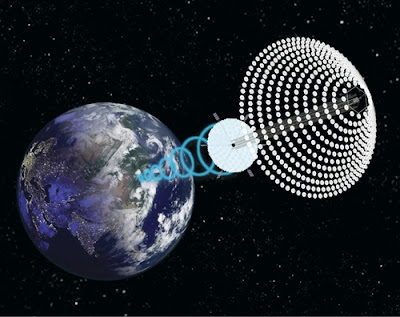Topics: Asteroids, Economics, Space Exploration, Spaceflight
An apparent confluence of political will and technological readiness has fans of humankind’s expansion beyond Earth hopeful that their dreams may soon become reality. Alongside a rise in missions to the Moon by agencies and private companies in the US, Europe, China, Japan, India, and Russia, commercial sectors are buzzing with related activities. And various governmental and nongovernmental bodies are strategizing about environmental, ethical, legal, sociological, and other issues of space utilization and colonization.
With interest in space travel growing—spurred in part by billionaire entrepreneurs such as Jeff Bezos and Elon Musk—enthusiasts say the time is right to figure out how to use space resources, including water, solar power, and lunar regolith. Doing so would expand space exploration, increase commercial activities in space, and lead to technological advances for humanity, says Angel Abbud-Madrid, director of the first graduate degree program in space resources, which he and colleagues launched last year at the Colorado School of Mines.
The only space resource exploited to date is the view of Earth from orbit for such applications as global positioning systems, weather prediction, communications, and science missions. A few years ago the prospect of mining asteroids for platinum and other metals to use on Earth was “the rage,” says George Sowers of the Colorado School of Mines. But the business case didn’t hold up. One exception might be rare-earth elements, but in the near to mid term, he says, “bringing stuff back to Earth is not economically viable.” For now, the focus has shifted to using space resources in situ.
Water is a primary target resource in space. Electrolyzed into hydrogen and oxygen, it becomes fuel that could replenish satellites in orbit and propel rockets for exploring the solar system and returning to Earth. Astronauts and space tourists could drink water, use it for gardening and hygiene, and shield themselves from ionizing radiation with meter-thick sheaths of it around habitats or spacecraft.
Prospect of off-planet outposts spurs interest in space resources
Toni Feder, Physics Today

Comments